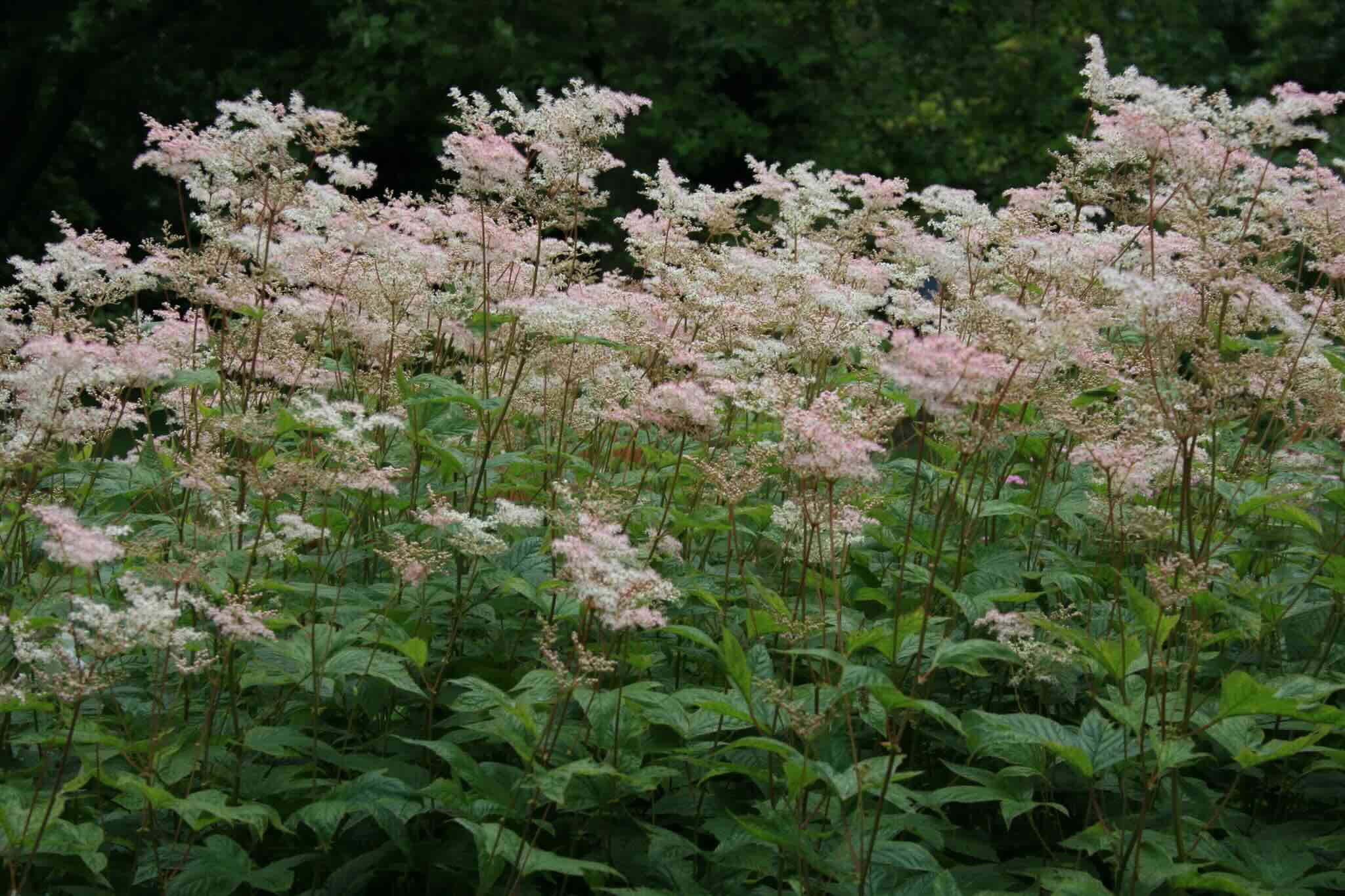
Filipendula, often known as meadowsweet, is a fascinating plant with a rich history and many uses. Did you know that this plant was once considered sacred by the Druids? Its fragrant flowers were used in medieval times to flavor mead, a traditional alcoholic beverage. Interestingly, Filipendula has also been used in traditional medicine for centuries, treating ailments like fevers and inflammation. But that's not all—this plant plays a vital role in ecosystems, providing nectar for bees and other pollinators. Want to learn more about this incredible plant? Here are 36 facts that will give you a deeper appreciation for Filipendula.
What is Filipendula?
Filipendula, commonly known as meadowsweet, is a genus of flowering plants in the Rosaceae family. These plants are known for their beautiful clusters of tiny flowers and their medicinal properties. Let's dive into some fascinating facts about Filipendula.
Historical Significance
Filipendula has a rich history and has been used for various purposes over the centuries.
- Ancient Medicine: Filipendula was used by ancient Greeks and Romans for its medicinal properties.
- Medieval Times: In medieval Europe, it was a common ingredient in herbal remedies.
- Queen Elizabeth I: Queen Elizabeth I of England loved the scent of meadowsweet and used it to freshen her chambers.
- Druid Rituals: Druids considered meadowsweet one of their most sacred herbs.
Botanical Characteristics
Understanding the physical traits of Filipendula can help identify it in the wild.
- Flower Clusters: The plant produces clusters of small, fragrant flowers.
- Leaf Shape: Leaves are pinnate with a serrated edge.
- Height: Filipendula can grow up to 2 meters tall.
- Root System: It has a fibrous root system that helps it thrive in various soils.
Habitat and Distribution
Filipendula is found in various parts of the world, thriving in different environments.
- Native Regions: It is native to Europe and Asia.
- Wetlands: Often found in wetlands and along riverbanks.
- Meadows: Commonly grows in meadows, hence the name meadowsweet.
- North America: Some species have been naturalized in North America.
Medicinal Uses
Filipendula has been used in traditional medicine for its various health benefits.
- Pain Relief: Contains salicylic acid, a natural pain reliever.
- Anti-inflammatory: Used to reduce inflammation.
- Digestive Aid: Helps in treating digestive issues like heartburn and indigestion.
- Fever Reducer: Traditionally used to reduce fevers.
Culinary Uses
Beyond medicine, Filipendula has found its way into the kitchen.
- Flavoring Agent: Used to flavor wines and beers.
- Desserts: Adds a unique flavor to desserts like jellies and custards.
- Herbal Teas: Leaves and flowers can be brewed into a soothing tea.
- Edible Flowers: Flowers are sometimes used as a garnish in salads.
Ecological Importance
Filipendula plays a significant role in its ecosystem.
- Pollinator Attraction: Attracts bees and other pollinators.
- Soil Stabilization: Helps prevent soil erosion with its root system.
- Wildlife Habitat: Provides habitat for various insects and small animals.
- Biodiversity: Contributes to the biodiversity of meadows and wetlands.
Cultural References
Filipendula has made its mark in various cultures and traditions.
- Folklore: Featured in folklore as a plant with magical properties.
- Literature: Mentioned in classic literature and poetry.
- Symbolism: Symbolizes love and protection in some cultures.
- Festivals: Used in traditional festivals and celebrations.
Varieties and Species
There are several species within the Filipendula genus, each with unique characteristics.
- Filipendula ulmaria: Known as meadowsweet, the most common species.
- Filipendula rubra: Also known as queen-of-the-prairie, native to North America.
- Filipendula vulgaris: Known as dropwort, found in dry meadows.
- Filipendula palmata: Known for its palm-shaped leaves.
Conservation Status
Understanding the conservation status of Filipendula is crucial for its preservation.
- Not Endangered: Most species are not currently endangered.
- Habitat Loss: Some species face threats from habitat loss.
- Conservation Efforts: Efforts are being made to preserve natural habitats.
- Botanical Gardens: Many botanical gardens cultivate Filipendula for conservation and educational purposes.
The Final Petal
Filipendula, often overlooked, holds a treasure trove of fascinating facts. From its medicinal properties to its role in folklore, this plant is more than just a pretty face. Its ability to thrive in various environments makes it a resilient species, and its historical significance adds layers to its charm.
Whether you're a gardening enthusiast or a history buff, Filipendula offers something for everyone. Its diverse uses, from herbal remedies to ornamental beauty, make it a versatile addition to any garden or natural setting. Plus, its ecological benefits can't be ignored, supporting pollinators and contributing to biodiversity.
So next time you come across a Filipendula, take a moment to appreciate its rich history and myriad uses. This humble plant has much to offer, proving that sometimes the most unassuming flora can hold the most intriguing stories.
Was this page helpful?
Our commitment to delivering trustworthy and engaging content is at the heart of what we do. Each fact on our site is contributed by real users like you, bringing a wealth of diverse insights and information. To ensure the highest standards of accuracy and reliability, our dedicated editors meticulously review each submission. This process guarantees that the facts we share are not only fascinating but also credible. Trust in our commitment to quality and authenticity as you explore and learn with us.
